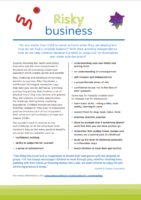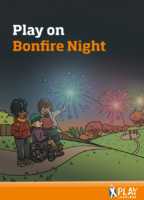
It’s important to know about the area we live in to help us feel safe. Here are some ideas to build up confidence while going out and about in your community.
At Play Scotland, we believe play is essential for children’s growth, confidence, and happiness. But as parents, it’s natural to worry about safety. The good news? Taking small, managed risks in play is not only safe – it’s beneficial.
Why Risk Matters
Risky play – like climbing trees, balancing on logs, or building dens – helps children:
-
Build confidence and independence
-
Develop good judgment and problem-solving skills
-
Learn to assess and manage risk for themselves
Rather than removing all risk, we encourage safe, supported exploration. Letting children stretch their limits helps them grow.
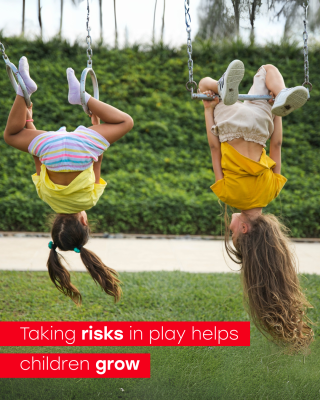
Stop, look, listen! Learn road safety skills
Whether walking, scooting, or cycling, road safety is essential for play in public spaces. From an early age, children can be learning the basics they need to keep themselves safe on the roads. These messages still need to be reinforced when they are older so that they can walk, scoot or cycle around independently.
Simple safeguards
Agreements about where they are allowed to play and for how long, can be worked out with children. This will allow them more independence, and you more peace of mind. It will help them if they learn to tell the time, know their neighbourhood, know their address and an emergency phone number.
Walk to school
Walking or cycling to and from school is a great way to build skills and confidence. It also adds the potential for lots of informal play and activity into the daily routine.
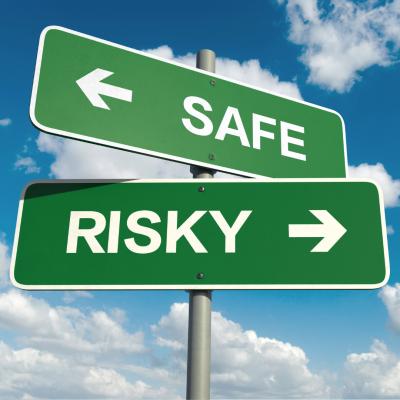
Take a community approach
Children give us an easy way to get to know neighbours and other local families. Perhaps you can agree to keep an eye out for each other’s children. When more children are outside playing, it feels safer and friendlier, and adds to a sense of community for everyone.
Keep our worries in perspective
Try not to let fears for children’s safety be blown out of proportion. Although mishaps or even more serious incidents can occur, it’s rare for children to come to serious harm when playing. The more children play the more they will gain skills to cope and stay safe.
Twenty’s plenty
As drivers we can cut our speed and drive as we would wish others to drive in residential streets where children play.
Get to know your community
Walking, wheeling and cycling in the local area helps children build their own ‘mental map’ of the area. They get to know the safest routes and how to tackle any potential danger points such as awkward road crossings.
Fire and fireworks
Fire can be a valuable learning tool – when treated with respect. Activities like building small campfires or toasting marshmallows:
-
Teach responsibility and patience
-
Encourage teamwork and listening
-
Should always be supervised and age-appropriate
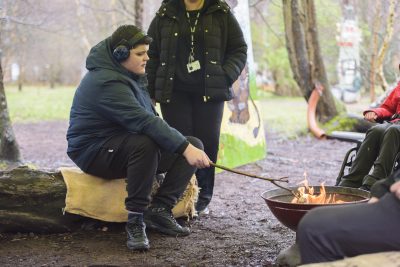
Set clear rules around fire, ensure safety gear (like water or sand) is nearby, and involve children in setting boundaries.
We worked closely with Scottish Fire and Rescue to create a guide to managing a safe and playful Bonfire night.
Other Everyday Play Safety Tips
Even at home or in the park, there are common safety points to remember:
-
Play Equipment: Check for stability, sharp edges, or worn-out materials.
-
Water Play: Always supervise near paddling pools or natural water.
-
Sun Protection: Use sunscreen, hats, and keep hydrated in hot weather.
-
Clothing: Encourage sensible shoes and clothes that suit the play activity.

